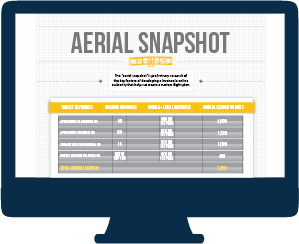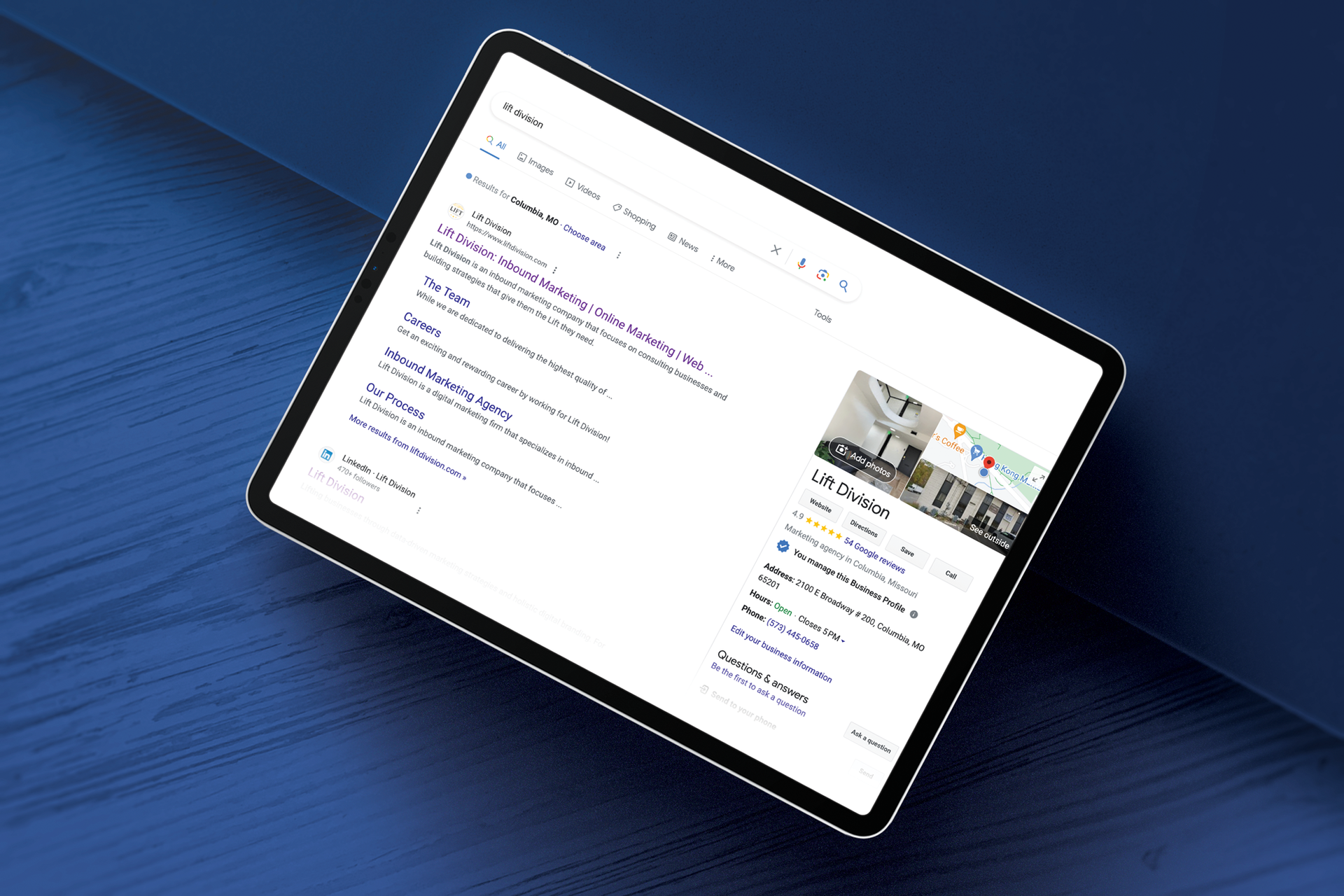Beyond Pandas and Penguins: SEO and Quality Content
From pandas to penguins and even hummingbirds, one of the best ways to understand the current state of SEO is through the different algorithm updates that Google has rolled out over the years. Understanding these changes – as well as the two core methods of performing SEO – is key to realizing how quality content is now the most critical component for businesses seeking to improve their search rankings for the long haul.
Because after all, nowadays the phrase, “Content is king,” is parroted throughout the SEO industry like it’s nobody’s business. And while it’s true that quality content is probably the most important part of solid SEO strategy, it’s also true that a lot of businesses still don’t understand what quality content even is — not to mention why it’s paramount in when it comes to SEO.
Google's Algorithm Updates
There have been virtual libraries written about all of Google’s algorithm updates, but following is what you need to know about each of them. It’s also worth noting that all these algorithm updates are fluid and continually updated. (So for example, even though Panda was one of Google’s first and foremost critical algorithm updates, Panda 4.1 just rolled out on 9/23.)
- Panda: Google’s Panda update targeted websites that used low-quality on-site content. Prior to Panda, businesses were able to populate their websites with pages of “thin” content, that didn’t provide any real value to customers. Before Panda, these pages served to boost the search rankings of these companies, but they ultimately dropped these companies' rankings once the algorithm was released.
- Penguin: Google’s Penguin update aimed to reduce the trust and authority that Google had placed in sites if they were found to have “cheated” by creating unnatural backlink profiles in order to gain an advantage in their search results. Whereas Panda was Google's fix for poor "on-page" SEO practices, Penguin was Google's fix for "off-page" SEO (both of which terms will be explained later in this post).
- Hummingbird: The Hummingbird algorithm aimed to boost the authority of websites that are delivering answers to people through quality content. With Hummingbird, businesses have an incentive to post more quality content (i.e. content that answers people's questions and provides key value to searchers.)
- Pigeon: Pigeon is Google’s latest algorithm update, was all about local search and served to more closely mimic the organic searching patterns of local searchers. This made things easier for local searchers and also penalized some local search strategies that were being used prior to its implementation.
Even though each update serves a distinct purpose, all of these algorithm changes are broadly designed either to penalize people that are trying to game the system or to improve results for searchers. Looking at things through that lens beckons a question, however. Namely, what can businesses do to safely improve their search engine rankings and abide by Google’s guidelines?
Two words: Quality content.
And conveniently, there are also two main ways of creating quality content that will improve your search rankings: on-page SEO, and off-page SEO.
On-page SEO Explained
At root, on-page SEO is pretty self-explanatory — it’s the optimization of your website’s content, literally on its pages. More specifically, on-page SEO involves creating web content that’s both highly informative and contains relevant keywords you’re trying to rank for.
As I alluded to earlier, this was pretty easy to circumvent pre-Panda, because websites could just populate an endless amount of pages with a bunch of keywords that they were trying to rank for. However, these pages weren’t providing any real information (and therefore value) to searchers, and ultimately hurt the sites’ rankings once Panda was implemented.
In a lot of cases, online marketers will boil on-page SEO down to: (1) keywords and (2) valuable information.
Off-page SEO Explained
Off-page SEO is a little trickier, but it comes down to the practice of getting informative content posted on relevant websites in your niche/industry, with at least one link back to your own website. The amount, quality, and nature of these links is referred to as a “backlink profile”, and it is a critical component of Google’s search algorithm.
Back before Google rolled out Penguin, it was relatively easy to rise in search rankings through shady off-page SEO practices. If you wanted to improve your backlink profile, you could find someone in the same boat and post a zillion links to their site on your site, in exchange for a zillion links to your site on their site. Needless to say, people who used these tactics were penalized by Google once Penguin came barreling in.
If you ask an online marketer what off-page SEO is all about, they’ll typically tell you that it comes down to (1) links and (2) valuable information.
The Upshot
Although algorithm changes are sometimes associated with uncertainty and weariness of past tactics, one thing is certain: Quality content (i.e. content that provides searchers and visitors with relevant, valuable information) is here to stay. With this in mind, businesses that carry out their SEO the right way – by putting content first, and realizing that SEO is typically a marathon, not a sprint – don’t really have anything to fear from algorithm changes.
GET A FREE ONLINE MARKETING ASSESSMENT!

Our FREE Aerial Snapshot will:
- Identify Valuable Keywords & Your Current Rankings
- Analyze Your Current Local Presence
- Review Key Performance Indicators on Your Website
- Assess Your Social Media Profiles
- Provide You with a Reputation Analysis








